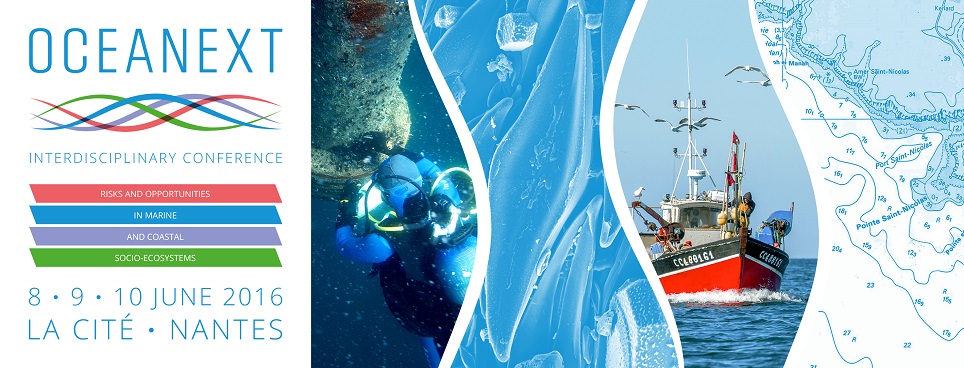The marine diatom Haslea ostrearia produces a water-soluble blue-pigment named marennine of economic interest (e.g. in aquaculture for the greening of oysters). Up to date the studies devoted to ecological conditions under which this microalga develops never took into account the bacterial-H. ostrearia relationships.
In this study the bacterial community was analysed by PCR-TTGE before and after H. ostrearia isolation cells recovered from 4 localities, to distinguish the relative part of the biotope and the biocenose and eventually to describe the temporal dynamic of the structure of the bacterial community.
The bacterial structure of the phycosphere differed strongly from that of the bulk sediment. The similarity between bacteria recovered from the biofilm and the suspended bacteria did not exceed 10% (vs. > 90% amongst biofilms). The differences in genetic fingerprints, more especially high between two H. ostrearia isolates showed also the highest differences in the bacterial structure as the result of specific metabolomics profiles. The non-targeted metabolomic investigation showed that these profiles were more distinct in case of bacteria-alga associations than for the H. ostrearia monoculture. At the scale of a culture cycle in laboratory conditions, the bacterial community was specific to the growth stage. When H. ostrearia was subcultured for 9 months, a shift in the bacterial structure was shown from 3-months subculturing and the bacterial structure stabilized afterwards (70-86% similarities).
A first insight of the relationships between H. ostrearia and its surrounding bacteria was shown for a better understanding of the ecological feature of this diatom.

 PDF version
PDF version
